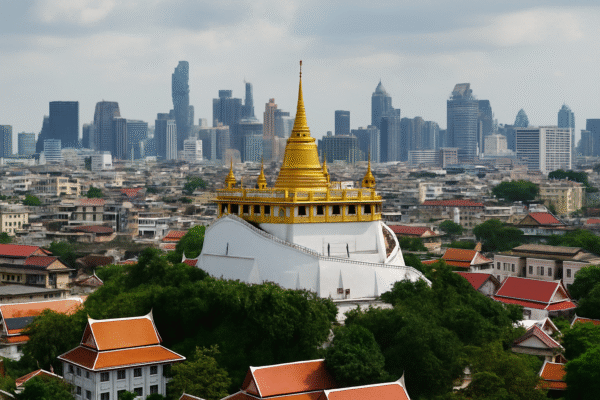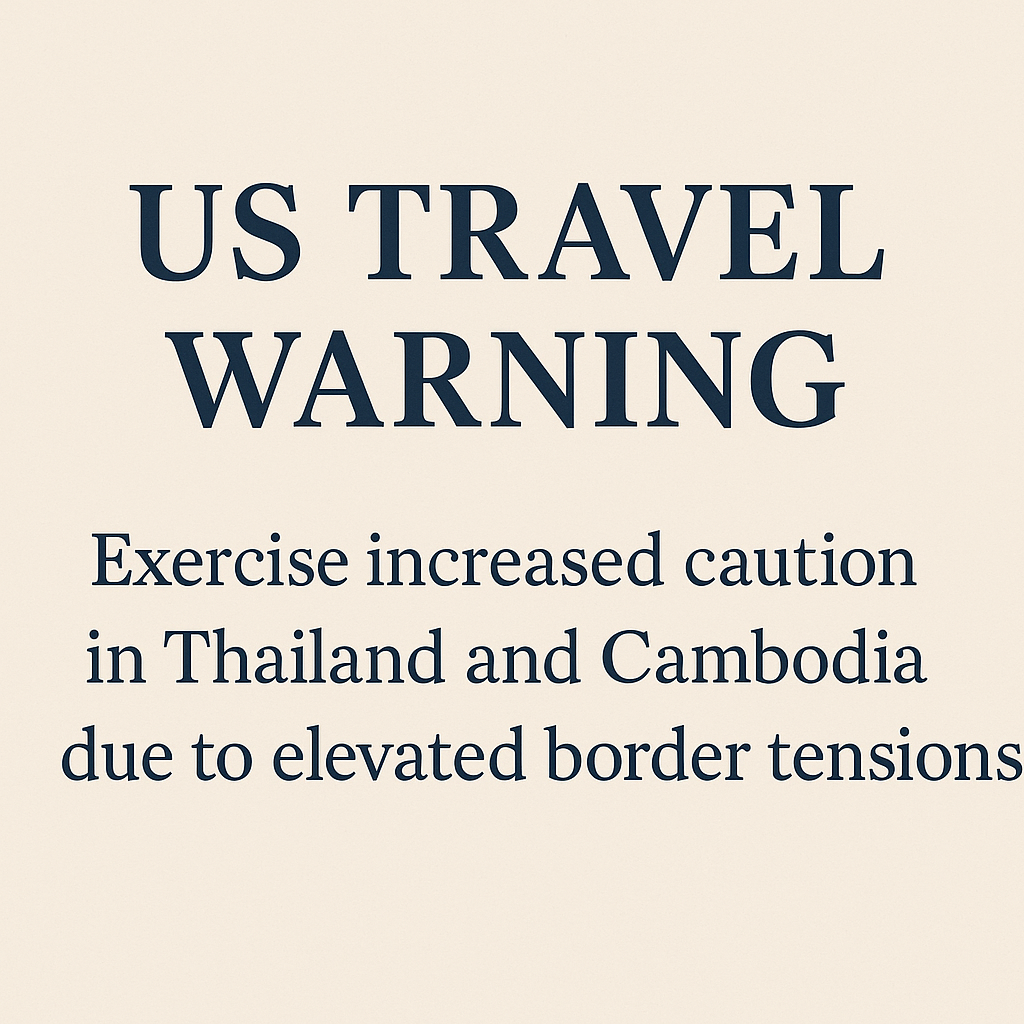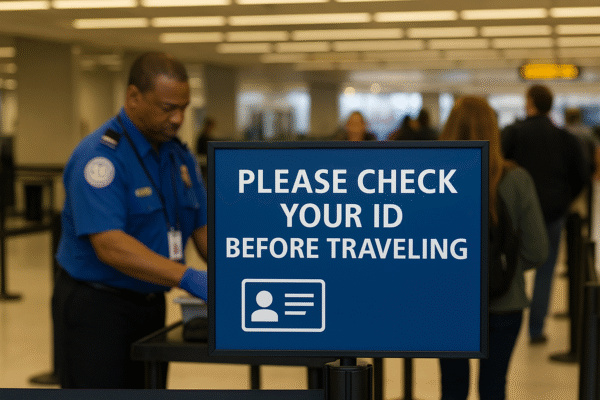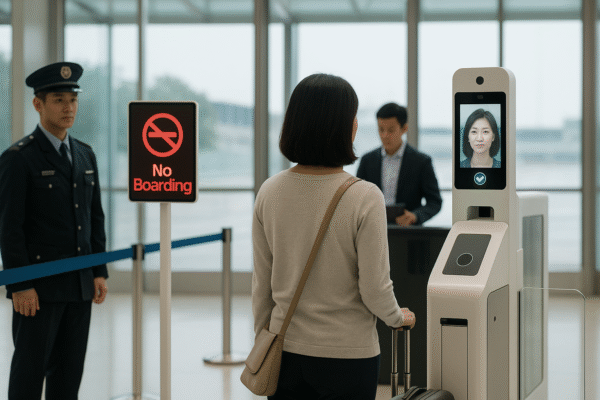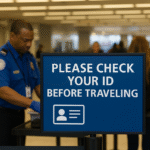Singapore’s Game-Changing Border Security: No-Boarding Law & Full Biometric Checks Set for 2026 Rollout
Singapore is set to pioneer a radical upgrade to its border security system with the nationwide rollout of No-Boarding Directives (NBDs) and biometric immigration screening starting in 2026. This transformative initiative, spearheaded by the Immigration & Checkpoints Authority (ICA), aims to intercept high-risk individuals before they even board a flight or vessel bound for the island nation.
This pre-emptive security model, enabled through the Immigration (Amendment) Act, aligns with Singapore’s broader shift towards technology-driven immigration control amid unprecedented cross-border traffic growth.
In 2024 alone, Singapore’s land checkpoints, ports, and Changi Airport recorded over 230 million traveller movements — a historic high, and a number projected to grow with the opening of Changi Terminal 5 and the Johor Bahru–Singapore Rapid Transit System (RTS) in the coming years.
What Is the No-Boarding Directive (NBD)?
The No-Boarding Directive is a legislative tool that allows Singapore to instruct airlines and maritime carriers to deny boarding to flagged travellers deemed a risk to national security, public health, or immigration control.
Effective from 2026 for airlines and 2028 for maritime transport, the NBD system ensures that unwanted or dangerous travellers are stopped at their departure point, not at Singapore’s gates. This drastically reduces congestion and pressure at immigration counters while significantly improving pre-arrival screening efficacy.
Operators that fail to comply with an NBD risk fines of up to SGD 10,000 per violation, underscoring the seriousness of compliance.
Why This Shift? A Rising Need for Smarter Screening
Recent figures reveal the rationale behind this aggressive shift. The first half of 2025 saw a 43% spike in entry denials compared to the same period in 2024, as authorities sharpened their risk-detection protocols.
Likely NBD candidates may include:
- Individuals previously deported from Singapore
- Known members of extremist or organised crime networks
- Persons with unresolved criminal charges or red flags
- Public health threats (e.g., carrying communicable diseases)
The goal is not to deter tourism — which remains vital to Singapore’s economy — but to pre-screen and protect through targeted, data-driven measures.
Biometric Clearance: The New Normal
Under the New Clearance Concept (NCC), Singapore has revolutionized border control with passport-free biometric processing at air and sea checkpoints. Travellers are verified through iris and facial recognition, removing the need for manual passport checks.
By June 2025, over 93 million people had used biometric clearance in Singapore — a testament to its scalability and user acceptance.
The biometric system is set to expand further across all Changi terminals, seaports, and eventually land borders. Travellers can expect:
- Shorter queues
- Faster processing
- Minimal physical document use
Land Borders: The Next Digital Leap
Singapore shares a bustling land border with Malaysia, especially at the Woodlands and Tuas checkpoints. These areas currently lack advanced pre-departure screening due to fragmented data systems used by ground transport operators.
To bridge this gap, ICA plans to extend NBD-style checks and biometric ID systems to land travel. This may include:
- QR code scanning at boarding points
- Facial recognition booths at checkpoints
- Real-time passenger manifest sharing with ICA
Though complex, this digital transformation is essential to achieving a unified, threat-resilient border control ecosystem.
Major Transit Projects Driving the Overhaul
Singapore’s smart immigration push comes as several megaprojects stand to increase traffic and complexity at its borders:
- Johor Bahru–Singapore RTS Link (2026): A 4km cross-border MRT system linking Bukit Chagar and Woodlands North.
- Changi Airport Terminal 5 (mid-2030s): Expected to add up to 50 million passengers per year to Changi’s throughput.
- Woodlands Checkpoint Expansion: A multi-decade plan to quadruple capacity and introduce cutting-edge surveillance and clearance technologies.
These projects will elevate Singapore’s standing as a global transit hub — but they also require smarter, faster, and more predictive immigration workflows.
What This Means for Tourists and Travellers
If you’re a regular traveller with no legal red flags, these upgrades are good news. By 2026, visitors to Singapore can expect:
- Seamless clearance via biometrics
- Reduced wait times at immigration
- Enhanced overall travel experience
However, flagged individuals will be intercepted before departure, minimizing disruption at Singapore’s borders and allowing for swift, risk-adjusted entry control.
Singapore’s strategy is clear: build trust and transparency in travel while keeping threats at bay through early detection, automation, and adaptability.
A Global Model for Border Security
With the rollout of No-Boarding Directives, full-scale biometric screening, and land border tech integration, Singapore is setting a global benchmark in smart border management.
Rather than building walls, Singapore is building intelligent corridors of mobility — where safety and efficiency coexist. The message to the world is unambiguous: Singapore welcomes travellers, but only if you’re coming clean.
For more travel news like this, keep reading Global Travel Wire





